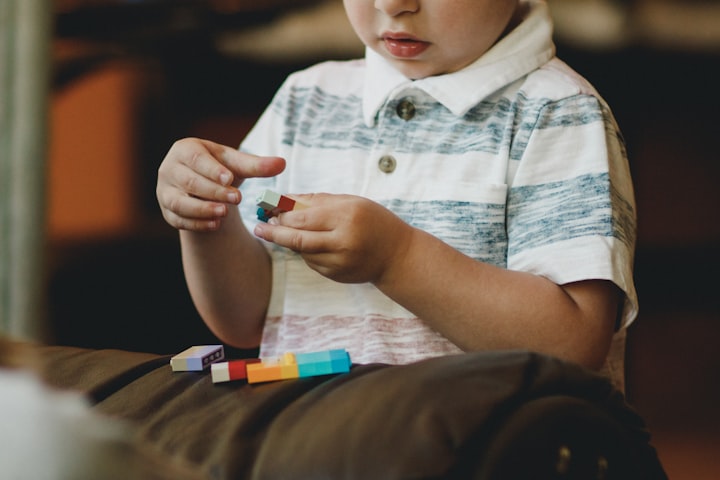Using Social Stories™ with Students with Autism Spectrum Disorders
Promoting Social Skills

Social Stories™ was originally developed by Carol Gray in 1990. Social Stories™ are stories that are written to help assist a student in a variety of social situations. Social Stories™ have been shown to be effective in improving social behavior in students with autism spectrum disorders (ASD) across a variety of domain areas. Specifically, they have been shown to be effective in increasing appropriate social behavior while decreasing inappropriate behavior. They can be used to help the student to be better prepared for a situation or provide them with some helpful strategies.
Developing a Story for a Student with ASD
It is important to develop a story that is very individualized to your student. The story should be written about the student and includes some information that makes the story personal to the student. Stories should provide the student with a story about a social situation that they either will be soon experiencing or are already experiencing. Sample stories could be about moving to a new town, having a new baby sister, or having to wait in line at the store. The specific topic is dependent on the current needs of the student. Stories may relate to a behavior that a student is having difficulty with and it may provide support and ideas for ways to communicate that can prevent the need for the behavior.
The story is often developed by a teacher or a parent but it is also possible for the student to be the author of the story. It is important whenever possible for the student themself to be involved in writing the story with the teahcer or parent . Once the story has been written, the story is read by the student or by an adult to the student and it is reviewed several times for further understanding. For many students with ASD reviewing the story before experiencing the social situation may make it easier for them to then be in that situation. The story can provide them with information about the situation as far as what to expect and also what they can do or say in that situation. Often just using the written word can help the student with autism to better understand a situation. This may be more effective than verbally trying to explain or discuss the situation with the student.
Stories can be made as a word document or in PowerPoint and they can be printed or read from a tablet or computer (Boşnak, & Turhan, 2020). Stories can be text only or may include visuals such as clip art, photos, and or videos as well to help further engage the student and assist in understanding. It is possible to incorporate stories into apps as well. And some apps may help in the creation of stories providing visuals for the stories. Here is a website that provides a number of apps thsat may be helpful when creating social stories:
Research and Future Directions in Social Stories™
Research has shown that Social Stories™ can be effective for students with ASD and that they often are most successful if paired with another intervention such as reinforcement or video modeling. Social Stories™ have been used to increase a variety of skills such as play skills, social initiations, conversation, non-verbal social behavior, and have even demostrated a decrease in challenging behaviors. Some specific higher-level skills have also been addressed, such as problem-solving and understanding emotions. Stories can presented using multiple modalities and should be selected based on the student's interests and preferred method of learning.

Further research is needed in a variety of areas in order to determine the future application of Social Stories™ (Sansosti, Powell-Smith & Kincaid, 2004). More research is also needed on Social Stories™ as a stand-alone intervention to determine the efficacy with students with autism. Although Social Stories™ have been shown to be effective, they are often paired with other interventions. In addition, it is important for Social Stories™ research to begin to focus more on adolescents and adults with ASD as the majority of research in this area has been conducted with elementary-aged students.
References:
Boşnak, Ö., & Turhan, C. (2020). Presentation of social stories with tablet computers in social skill instruction for students with autism spectrum disorder. Elementary Education Online, 19(4), 2161–2170.
Gray, C. (2010). The new social story book. Arlington, Tex. : Future Horizons
Sansosti, F. J., Powell-Smith, K. A., & Kincaid, D. (2004). A research synthesis of social story interventions for children with autism spectrum disorders. Focus on Autism and other Developmental Disabilities, 19(4), 194–204.
About the Creator
Mary McDonald
Professor, behavior analyst, writer, artist. Her doctorate is in behavioral psychology. She works with individuals with autism and their families.






Comments
There are no comments for this story
Be the first to respond and start the conversation.